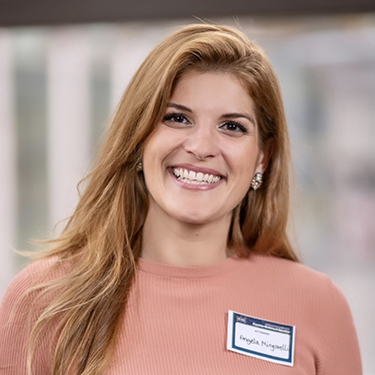TWiV reviews avian H5N1 influenza virus in the US, measles at highest levels in England, positive selection underlies repeated knockout of ORF8 in SARS-CoV-2 evolution, and cross-species spill-over potential of the H9N2 bat influenza A virus.
TWiV explains a study of postacute sequelae of COVID-19 at 2 years, and airborne transmission of human-isolated avian H3N8 influenza virus between ferrets.
TWiV discusses whether or not Omicron should be designated a new serotype of SARS-CoV-2, and the finding that amino acid changes that adapt SARS-CoV-2 to mink or ferret do not increase fitness in the human airway.
TWiV revisits Brazil’s rejection of Sputnik vaccine, examines influenza transmission via the air from the nasal epithelium of ferrets, and a history of accidental releases of polioviruses and their relevance for eradication of poliomyelitis.
On this episode, FDA EUA for Pfizer mRNA vaccine, efficacy of AstraZeneca ChAdOx1 COVID-19 vaccine, and an orally administered drug that blocks SARS-CoV-2 transmission in ferrets.
Vincent speaks with Peter Palese about his illustrious career in virology, from early work on neuraminidases to universal influenza virus vaccines.
The TWiVers reveal influenza virus replication in the ferret mammary gland and spread to a nursing infant, and selection of transmissible influenza viruses in the soft palate.
Paul joins the TWiV team to discuss the current moratorium on viral research to alter transmission, range and resistance, infectivity and immunity, and pathogenesis.
The TWiVome discusses an miRNA based strategy to mitigate risk of gain of function studies, and identification of a second receptor required for Lassa virus entry.
Vincent, Rich, and Kathy and their guests Clodagh and Ron recorded this episode at the 33rd annual meeting of the American Society for Virology at Colorado State University in Ft. Collins, Colorado.








